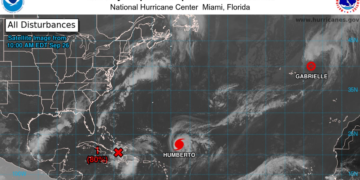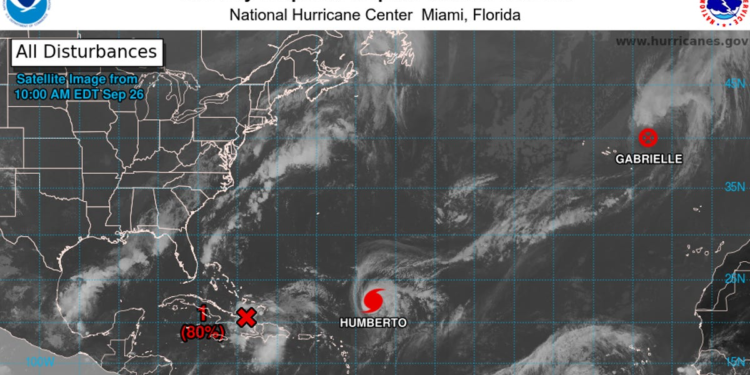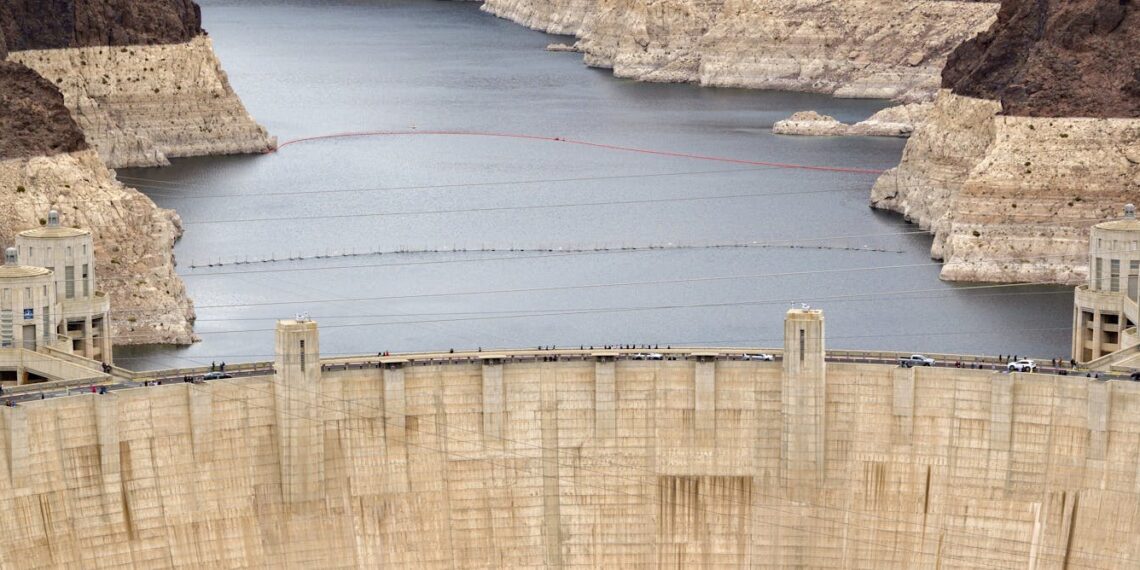Login to Continue Learning
Hurricane Humberto has intensified in the Atlantic Ocean with 115 mph winds and could become even stronger. However, it’s not the primary concern for coastal areas. The real worry is Potential Tropical Cyclone Nine, which was dubbed Imelda by the National Hurricane Center at 5 p.m. on September 26. Imelda is about 55 miles off the northeast end of Cuba and may soon strengthen into a tropical storm.
The National Hurricane Center predicts that Imelda could briefly become a hurricane as it moves through the Bahamas, past Florida, and potentially make landfall between North Florida and Southeast North Carolina by Wednesday, October 1. The center warns of heavy rainfall, which could cause flash flooding and urban flooding into next week over the southern Mid-Atlantic states and coastal Georgia.
Meanwhile, Humberto is expected to remain offshore but may affect Imelda’s path through a meteorological phenomenon known as the Fujiwhara effect. This interaction between storm systems will determine their impact on the U.S. East Coast and potentially Bermuda in the coming days. However, coastal areas from Florida to North Carolina face growing risks of impacts due to this developing system.
By September 28, showers in eastern Carolinas could begin pulling in early bits of tropical moisture from Imelda’s approach. The Weather Prediction Center’s Scott Kleebauer notes that while the weather service isn’t forecasting extreme rainfall like during Hurricane Helene a year ago, residents should expect heavy rain potentially through the end of September.
Eastern Cuba is expected to receive 8 to 12 inches of rain, with isolated totals up to 16 inches possible. Hispaniola, Jamaica, and parts of central and southern Cuba are forecast for additional rainfall. This could lead to flash flooding and mudslides in areas of higher terrain.
As the forecasts grow more uncertain by Monday, September 29, confidence remains low due to factors like Imelda’s forward speed and interactions with other weather systems, including Humberto. The National Hurricane Center highlights that considerable uncertainty exists regarding the storm’s development, track, intensity, timing, and potential impacts on the U.S.
In Charleston, South Carolina, meteorologist Blair Holloway confirms that confidence in forecasts hasn’t increased much since September 25. Despite this uncertainty, NOAA predicts up to 10 inches of rainfall for areas hardest hit by Imelda, which is significant but less than during Hurricane Helene’s landfall a year ago.
Hurricane Humberto, the third major hurricane of the 2025 season, was centered about 430 miles northeast of the northern Leewards and moving northwest at 5 mph with sustained winds of 115 mph. The hurricane center predicts that it will reach wind speeds of 150 mph by September 28, making this year’s first three hurricanes major.
The last time an Atlantic hurricane season had its first three hurricanes become major was in 1935.



















